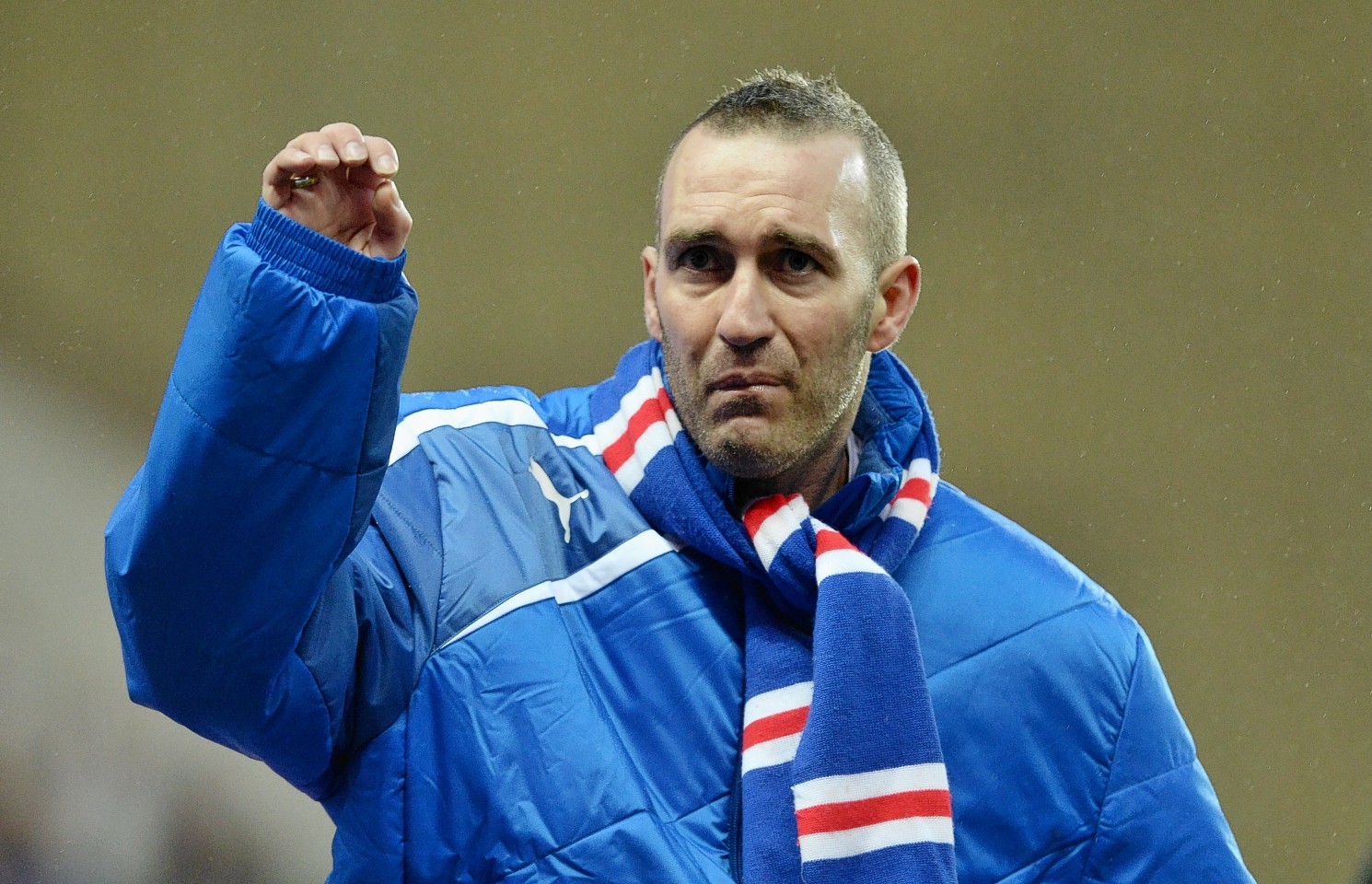I’ll never forget a chilling conversation more than 30 years ago which still haunts me today.
I was a reporter in Birmingham and bumped into a colleague while working on a tricky assignment. We caught up on this and that, and the usual journalists’ gossip. And then, in a very matter of fact fashion, he said, “By the way, I’ll be dead in two years.”
I almost laughed as he was known for a dry sense of humour. But my blood ran cold as he explained how he had been diagnosed with something called Motor Neurone Disease (MND), which I had not heard of up until then.
The prognosis was certain death over a short space of time, with no ifs or buts. He was in his early 40s with kids.
Sadly this is often the inevitable tragic outcome today as a cure remains frustratingly out of reach.
MND is a family of diseases which occur as brain signals to motor neurone nerves are inexplicably cut off, causing muscles and other moving parts of the body to close down. The awful thing is that the brain is often as sharp as ever while some, but not necessarily all, of the following happens: breathing, swallowing and choking problems, being unable to walk or move as muscles waste away and losing the ability to speak.
The recent death from MND of former Rangers star Fernando Ricksen at 43 brought it home again to the wider public.
Coincidentally, just days before the Dutchman’s death, MND expert Professor Simon Parson was giving a public presentation at Aberdeen University medical school entitled “Motor Neurone Diseases: What’s Next?”
MND still looks an almost impossible puzzle to crack.
I met Professor Parson, regius chair of anatomy at Aberdeen University, to discuss the MND landscape across Scotland.
When someone receives a cancer diagnosis there is often hope to cling to: possible recovery or being able to look forward to some kind of functioning life. When a newly-diagnosed MND sufferer walks out of hospital they might well have been told to put their personal affairs in order because the end is in sight.
“It’s a slow form of paralysis, which might just start out as someone losing their footing or finding it difficult to press the trigger on a bicycle bell,” explained Professor Parson. “Things we all take for granted start to deteriorate. Kissing your wife or husband, or just picking up your grandkids, becomes impossible.
“Or even just talking. If patients in Scotland require a digital voice they can now record and bank their own voice under our ‘Speak Unique’ scheme. It means of a lot when you’ve lost everything else. As things deteriorate, patients usually remain perfectly aware of what is happening, but perfectly unable to do anything. The brain tells them to do something, but they can’t.”
It is common for death to occur within a year or two of diagnosis. Survival rates after five years are low, but there are exceptions. And there are some positives.
Scotland is an international leader in patient support and research, and Professor Parson believes it is a “good size” for potential trials of UK significance. But what about day-to-day human contact with the NHS which means so much to MND patients who are staring into an abyss of fear?
My respect and admiration for Susan Stewart was growing by the minute as we chatted over coffee in an Aberdeen Royal Infirmary cafe. She is one of an elite band of 10 MND clinical nurse specialists Scotland assigns to support patients mainly in their homes within days of diagnosis.
She looks after Grampian sufferers and their families. I asked her about the incredible pressures they face. It seemed like a huge challenge to deliver constant reassurance – as bodies are switching off against a backdrop of an awful inevitability of death.
“I am privileged to enter people’s homes at a time of absolute devastation and fear,” said Susan. “I am there every step of the way. Some want to know everything, some want to know nothing about what will happen to them.
“But what strikes me is the power of human resilience and that people don’t lose their sense of humour even in situations like this. Compassion and professional attachment from me is vital in building relationships with families and giving close support. Inevitably, part of that process is discussing death and final arrangements when the time is right.”
When it comes to the legacy they leave behind, there is an extraordinary gift MND patients can offer which could improve survival rates for future sufferers.
This involves the option of joining a register and taking part in research projects in Scotland. They can even donate DNA as part of this process or body tissue for analysis after death, if they wish.
This wealth of personal and clinical information might yield major clues to help find a cure. Such as why some patients live longer than others and why fitter, healthier people seem slightly more at risk.
It is the ultimate altruistic gesture: faced with a death sentence which destroyed their own future dreams and aspirations, they could offer a glimmer of hope for those who follow in their footsteps.
For more information: www.care-mnd.org.uk
www.mndscotland.org.uk
David Knight is the long-serving former deputy editor of the Press and Journal











